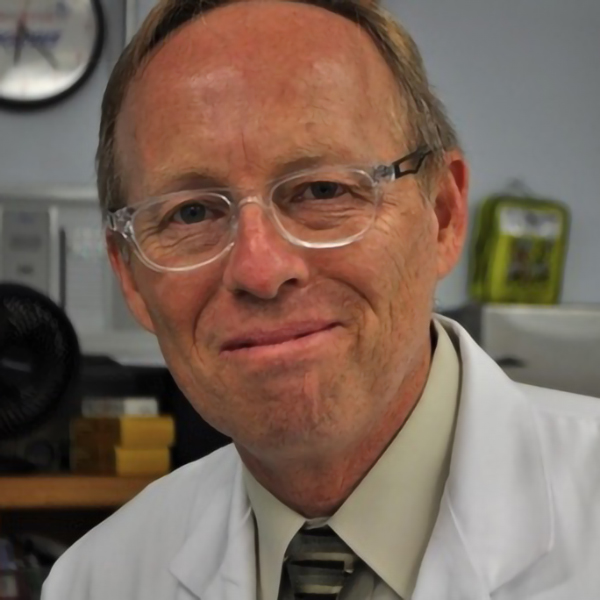Paul Harch, MD

Dr. Paul Harch is a world-renowned HBOT expert, and his treatment program for his patients is unmatched. He has used hyperbaric oxygen therapy to treat more than 100 different conditions, including stroke, dementia, autism, and traumatic brain injury. His goal is to help his patients get their lives back using hyperbaric oxygen therapy.
Dr. Paul G. Harch, M.D. is a clinician in emergency medicine and hyperbaric medicine who is the former director of the University Medical Center Hyperbaric Medicine Department and LSU Hyperbaric Medicine Fellowship. Currently, he is a Clinical Professor of Medicine in the Section of Emergency Medicine at LSU School of Medicine in New Orleans. He graduated from the Johns Hopkins University School of Medicine after graduating from the University of California at Irvine with magna cum laude/Phi Beta Kappa honors.
Dr. Harch initiated and continues to be a private practice that has resulted in the largest case experience in neurological hyperbaric medicine in the world. In this practice, he adapted the concepts of conventional hyperbaric oxygen therapy to wounds in the central nervous system, which spawned the subsequent academic and research practice.
Beginning in 1989 with brain-injured divers, boxers, and the first drowned child, Dr. Harch applied his protocol to the first HBOT-treated cerebral palsy child in 1992, the first series of autistic children in 1995-2000, and the first children and adults with nearly 100 other cerebral disorders from 1989 to the present.
In 1994, he treated his first dementia patient and the following year employed the first “anti-aging” use of HBOT in a 19-year-old woman with a premature aging syndrome known as Ceroid Lipofuscinosis of the Brain.” Two years later, in 1997, he treated an unconscious drowned child within 90 minutes of removal from the bottom of a pool, discharging him intact from the hospital four days later. In 2001, he treated the first Alzheimer’s case with HBOT, presenting this case and the dramatic SPECT brain imaging documentation of this treatment to a U.S. congressional subcommittee.
Most recently, he treated the first HBOT PET FDG brain imaging-documented Alzheimer’s case in January 2019, and a subacute drowned child in 2016. This drowned two-year-old girl featured the first demonstration of global regrowth of brain tissue in humans.
